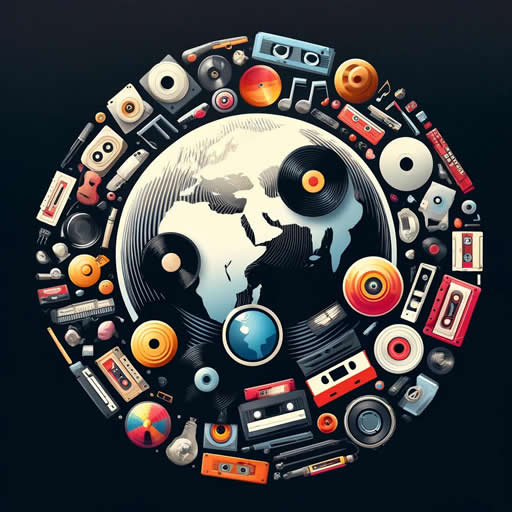The History of Antique Musical Instruments: A Collector’s Guide
Key Takeaways:
– Explore the evolution of musical instruments from ancient times to modern eras, understanding their impact on music history.
– Antique instruments like vintage guitars and rare pianos hold significant cultural and artistic value for collectors.
Introduction
The allure of antique musical instruments extends beyond their aesthetic appeal and craftsmanship. These historical artifacts are windows into the past, offering insight into how music has evolved over millennia. From the rudimentary tools of ancient civilizations to the sophisticated creations of more recent times, antique instruments tell a story of musical innovation and cultural exchange. This guide will explore the pivotal instruments and eras that shaped the world of music, serving as an invaluable resource for collectors and enthusiasts alike.
Ancient Civilizations and Early Instruments
Civilizations as ancient as Mesopotamia and Egypt have left evidence of their musical endeavors. These early societies developed instruments that laid the groundwork for future innovations. For example, archaeologists discovered remnants of lyres and harps in royal tombs, highlighting the cultural importance of music in ceremonial and daily contexts. The simple yet profound designs of flutes and percussion instruments speak to a human desire for expression and communication through sound.
The Hurrian Hymn, a notable example found in ancient Ugarit, Syria, demonstrates the longevity and adaptability of early music. As one of the oldest known songs, its preservation enables modern listeners to experience the sounds of the past and understand the significance of music in ancient rituals Discover more about the Hurrian Hymn.
Related
– Explore the significance of the oldest documented song, “The Hymn of Ugarit,” and its contribution to our understanding of ancient music Explore the Hymn of Ugarit.
The Renaissance and Baroque Periods
As Europe emerged from the Middle Ages, the Renaissance heralded a remarkable flourishing of arts, including music. This period saw the creation of instruments with enhanced capabilities, leading to rich compositions that set the foundation for future developments. Key innovations included the clavichord and harpsichord, predecessors to the modern piano. These instruments allowed greater expressive range and complexity, influencing composers like Johann Sebastian Bach and Antonio Vivaldi.
During the Baroque period, the violin family gained prominence, helping to define ensemble and orchestral music. The craftsmanship of luthiers, such as Stradivari, produced instruments that are still treasured today. These violin forms were pivotal in transitioning music from intimate settings to grand performances, significantly affecting musical composition and performance practice.
Related
– Dive deeper into the historical value and collecting rewards of various antique musical instruments Explore antique musical instruments.
Romanticism and the Emergence of New Instruments
The Romantic era witnessed an explosion of emotional expression and instrumental innovation. Pianos, now central to salon and concert performances, evolved dramatically. The development of iron frames and extended keyboard ranges provided composers with opportunities to explore depth and resonance. Esteemed composers such as Chopin and Liszt took full advantage of these advancements, creating music that continues to captivate audiences.
Vintage guitars also emerged during this period, with styles ranging from classical to steel-stringed variations. These instruments enriched folk traditions and later shaped rock and jazz genres in the 20th century. The evolution of guitars reflects a broader cultural shift towards diverse musical experimentation and the increasing globalization of music.
Related
– For a comprehensive look at how pianos evolved from Romanticism to modern times, discover the beauty and craftsmanship behind grand and baby grand pianos Explore grand and baby grand pianos.
Conclusion
Antique musical instruments are more than relics; they are vessels of history and innovation. They tell us about the cultures that produced them and the evolving human relationship with sound and melody. Collectors of these instruments do not merely preserve the past; they celebrate the enduring and transformative power of music. As each instrument finds its place within a collection, it serves as a reminder of music’s profound ability to bridge time and space, continually inspiring new generations.
Editor’s Picks:
- Delve into the fascinating history of electric guitars and their cultural significance Explore the history of electric guitars.
- Learn about the appeal of world music on vinyl and its rich cultural roots Discover world music on vinyl.
- Uncover the historical influence and significance of vintage brass bugles Explore vintage brass bugles.
